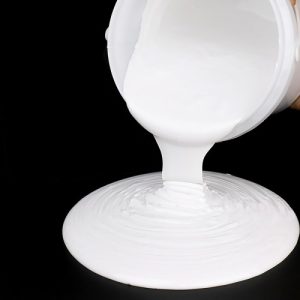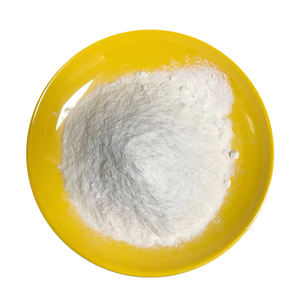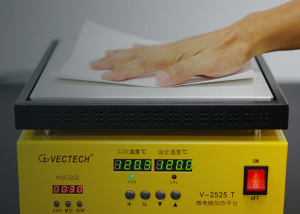Professional industry ceramic supplier, silicon nitride, silicon carbide, aluminum nitride and any other kinds of ceramics.
1. Introduction
Just 24 hours ago, a major U.S.-based advanced ceramics manufacturer announced a breakthrough in sintering technology that significantly boosts the thermal shock resistance of silicon carbide crucibles—extending their lifespan by up to 40% in continuous high-temperature operations. This innovation comes at a critical time as demand surges across aerospace, semiconductor, and even artisanal cookware sectors.
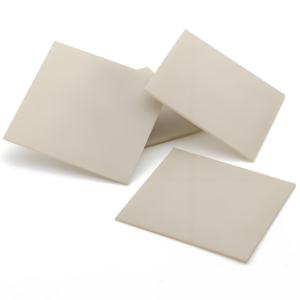
Silicon carbide crucibles have long been prized for their exceptional durability, thermal conductivity, and resistance to chemical corrosion. But what exactly makes them so versatile—and why are they suddenly appearing not just in foundries, but also in gourmet kitchens and art studios?
2. What Is a Silicon Carbide Crucible?
A silicon carbide crucible is a container made from silicon carbide (SiC), an advanced ceramic material known for its extreme hardness, high thermal conductivity, and stability at temperatures exceeding 1,600°C (2,912°F). These crucibles are primarily used for melting non-ferrous metals like aluminum, copper, and zinc, as well as in laboratory settings for high-purity material processing.
Unlike traditional clay or graphite crucibles, silicon carbide versions offer superior resistance to thermal shock and oxidation, making them ideal for repeated heating and cooling cycles without cracking.
3. Silicon Carbide vs. Other Advanced Ceramics
When comparing materials for high-heat applications, engineers often weigh silicon carbide against alternatives like boron carbide and silicon nitride.
Boron carbide vs silicon carbide: While boron carbide is harder and used in armor and abrasives, it’s more brittle and expensive. Silicon carbide strikes a better balance between cost, machinability, and thermal performance—making it the go-to for crucibles and furnace components.
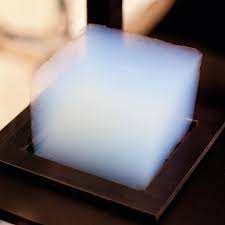
Silicon nitride, another advanced ceramic, excels in mechanical strength and fracture toughness. Products like silicon nitride crucible factory outputs, silicon nitride rings, and custom silicon nitride heat shields are common in turbine engines and cutting tools—but they’re less conductive than SiC, limiting their use in rapid-heating scenarios.
4. Beyond the Foundry: Unexpected Uses of Silicon Carbide Ceramics
Surprisingly, silicon carbide has found its way into everyday household items. Thanks to its non-porous, inert surface and elegant matte-black finish, manufacturers now produce silicon carbide ceramic dinnerware—including silicon carbide ceramic dinner plates, silicon carbide baking dishes, and even silicon carbide ceramic butter dishes with lids.
Brands inspired by European stoneware (like Staub) have launched lines such as silicon carbide baking dish Staub and silicon carbide ceramic casserole dishes with lids. These pieces are oven-safe, scratch-resistant, and retain heat exceptionally well—blending industrial-grade performance with artisanal design.
Other popular items include:
- Silicon carbide ceramic serving bowls and platters
- Silicon carbide ceramic ramekins and pie dishes
- Silicon carbide black ceramic plates and children’s tableware
- Handcrafted silicon carbide ceramic plates for painting or holiday themes like Christmas
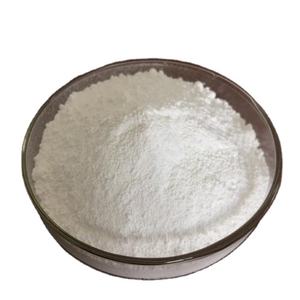
5. Industrial Components Made from Silicon Carbide
Beyond cookware and crucibles, silicon carbide is engineered into a wide array of industrial parts due to its wear and corrosion resistance.
Common products include:
- Silicon carbide ceramic tiles for kiln linings
- RBSiC silicon carbide tile blocks and ceramic columns for structural support
- Silicon carbide burner nozzles and bricks for high-efficiency furnaces
- Silicon carbide tubes and thermocouple protection tubes for extreme environments
- Silicon carbide discs, grinding discs, and sanding discs for precision machining
- Silicon carbide ceramic piping and plumbing components for corrosive fluid handling
These components are vital in glass manufacturing, metal casting, and chemical processing—industries where failure is not an option.
6. Manufacturing and Material Purity
High-performance silicon carbide crucibles require ultra-pure raw materials and controlled sintering processes. Impurities can lead to premature failure or contamination of molten metals.
Similarly, the high purity silicon nitride powder market is growing as demand increases for reliable silicon nitride ceramic parts. Both materials fall under the umbrella of advanced ceramics—engineered compounds like alumina (Al2O3), zirconia (ZrO2), and aluminum nitride (AlN) that outperform traditional ceramics in demanding applications.
7. Conclusion
From melting aluminum in a foundry to serving a holiday casserole, the silicon carbide crucible exemplifies how advanced ceramics bridge industrial utility and everyday elegance. With recent innovations enhancing durability and expanding applications—from silicon carbide ceramic oven dishes to RBSiC structural blocks—this material continues to redefine what’s possible in both engineering and design.
Our Website founded on October 17, 2012, is a high-tech enterprise committed to the research and development, production, processing, sales and technical services of ceramic relative materials such as Silicon. Our products includes but not limited to Boron Carbide Ceramic Products, Boron Nitride Ceramic Products, Silicon Carbide Ceramic Products, Silicon Nitride Ceramic Products, Zirconium Dioxide Ceramic Products, etc. If you are interested, please feel free to contact us.

